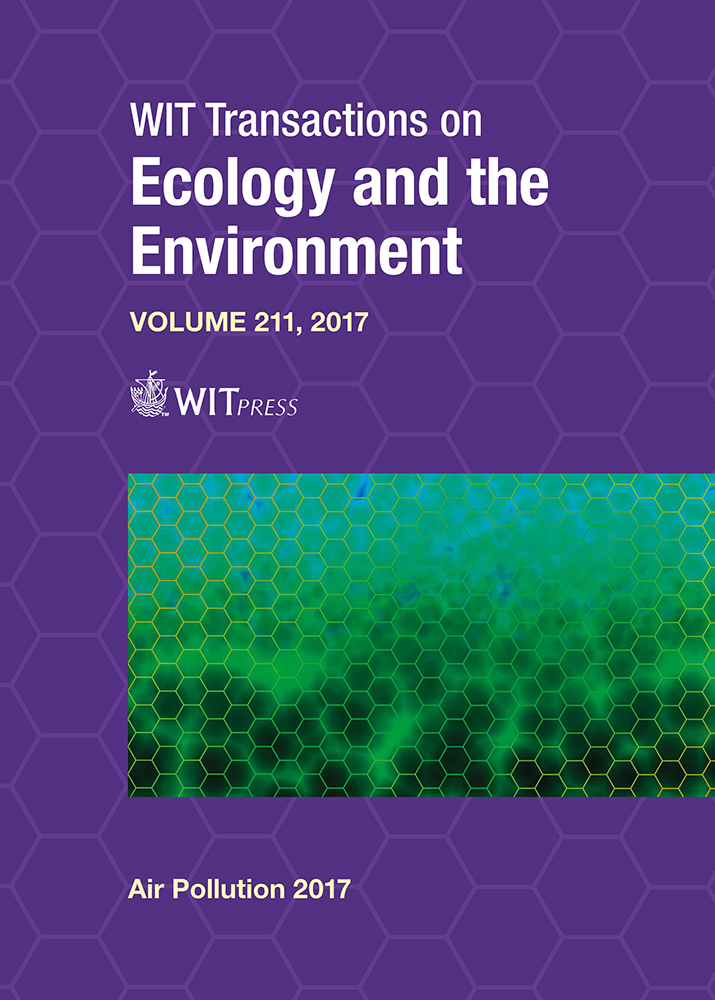USE OF MUNICIPAL SOLID WASTE INCINERATION BOTTOM ASH FOR THE REMOVAL OF HYDROGEN SULPHIDE (H2S)
Price
Free (open access)
Transaction
Volume
211
Pages
11
Page Range
209 - 219
Published
2017
Size
721 kb
Paper DOI
10.2495/AIR170211
Copyright
WIT Press
Author(s)
NICOLAS TURGEON, YANN LE BIHAN, SYLVAIN SAVARD, MYLÈNE D’AOUST, MATHIEU FOURNIER, DAVID SÉNÉCHAL
Abstract
Hydrogen sulphide (H2S) is a common malodorous gas causing many problems of odour and industrial atmospheric emissions potentially harmful to health. Québec City has mandated the Centre de Recherche Industrielle du Québec to determine the capacity of the bottom ash (BA) produced by its municipal solid waste (MSW) incinerator for the elimination of H2S. Tests carried out under controlled conditions (laboratory prototype consisting of three reactors containing respectively 10, 20 and 30 cm BA beds) over a total period of 1750 h (~73 days) established that the elimination capacity of demetalized bottom ash produce by the Québec City MSW incinerator varies between 77 ± 13 and 121 ± 20 g H2S /kg dry BA. These results are considerably higher than those published by other authors and demonstrate the potential of this material for various industrial applications (i.e. treatment of landfill gas, pretreatment of biogas produced by anaerobic digestion, etc.) in accordance with the principles of industrial ecology.
Keywords
hydrogen sulfide, incineration, municipal solid waste, bottom ash, industrial ecology





